Chasing the right solution for UV measurement? Looking for the optimal precision in 3D light distribution data? Advanced Viso sensor solutions combined with a Viso goniometer might match your expectations.
Excellent standard solutions
The Standard sensor delivered with your Viso product will be the best choice for most applications:
BaseSpion and LabSpion both include an Ibsen Photonics FREEDOM spectrometer with a Hamamatsu S11639-01 spectrometer detector (LabSensor and BaseSensor)
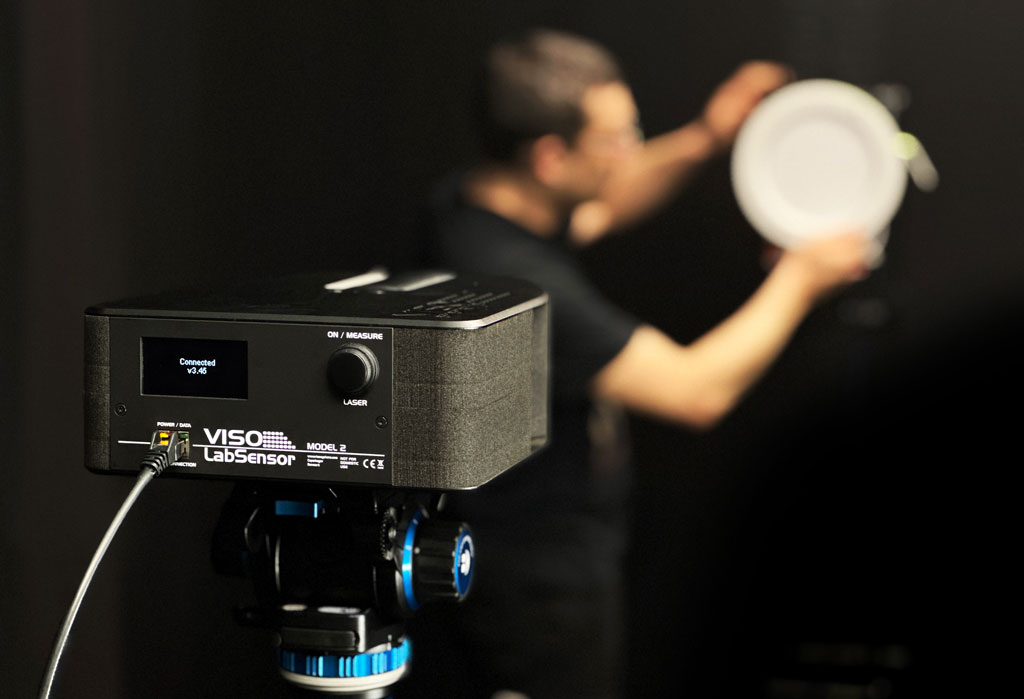
Upgrade options
Upgrading your existing labSensor or baseSensor (VIS – 360-830 nm)
Previously, LabSensor and BaseSensor contained a CCD-type Sony spectrometer. However, the present Hamamatsu sensor offers several advantages. For the VIS version, the slit size of the special Viso high sensitivity grating is 70μm (Spectral resolution < 5.0 nm). Furthermore, the sensor is 6 times more sensitive. Thus , the sensitivity range 1 meter from the sensor is impressive 0.2 – 200,000 lux <+/2.5%. Contact Viso sales for more information.
Current LabSensor/Basesensor VIS spectrometer
Spectrometer Type: Ibsen Photonics FREEDOM
Custom Viso: High Sensitive Transmission Grating
Spectrometer Range: 360 – 830 nm (1024 pixels)
Spectrometer Detector: Hamamatsu S11639-01
System
Measurement Method: Far Field
Intensity, Lux at Sensor (Equal to cd @ 1 m):
0.20 – 200,000 <±2,5% lux
Lumen and candela accuracy: ±4 %
SPECIAL Measurements: UV-vis – UV-VIS-NIR – VIS-NIR
The Viso LabSensor Model2 housing and BaseSpion can be fitted with special sensors:
With one of these sensors, your Viso goniophotometer you will be able to measure visual light as well as UV and or near-infrared light in one session. Consequently, these special sensors allows for full 3D light distribution and color measurements. For UV-VIS and UV-VIS-NIR solutions, a special calibration light source is included.
Upgrade your existing LabSpion or BaseSpion with one of these sensors – or get a whole new system.
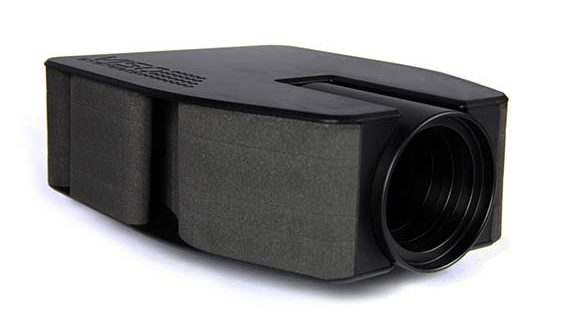
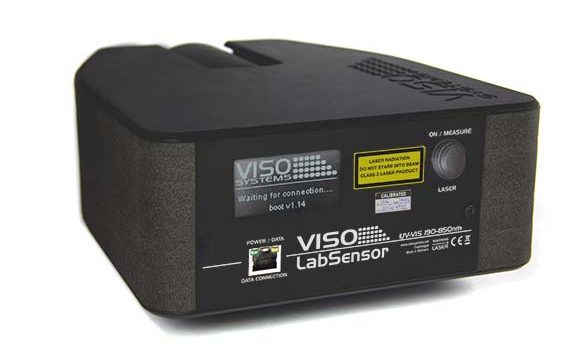
LabSensor/BaseSensor UV-VIS Spectrometer
Spectrometer Type: Ibsen Photonics FREEDOM
Custom Viso: High Sensitive Transmission Grating
CMOS resolution (2048 pixels)
Spectrometer Detector: Hamamatsu S11639-01
System
Measurement Method: Far Field
Lumen and candela accuracy:
200 nm – 250 nm ±6.5%
250 nm – 400 nm ±5%
400 nm – 1100 nm ±4%
Calibration
Special calibration lamp CALI DT-300 is included
Deuterium and tungsten light sources
Make your own calibrations – save money and down-time
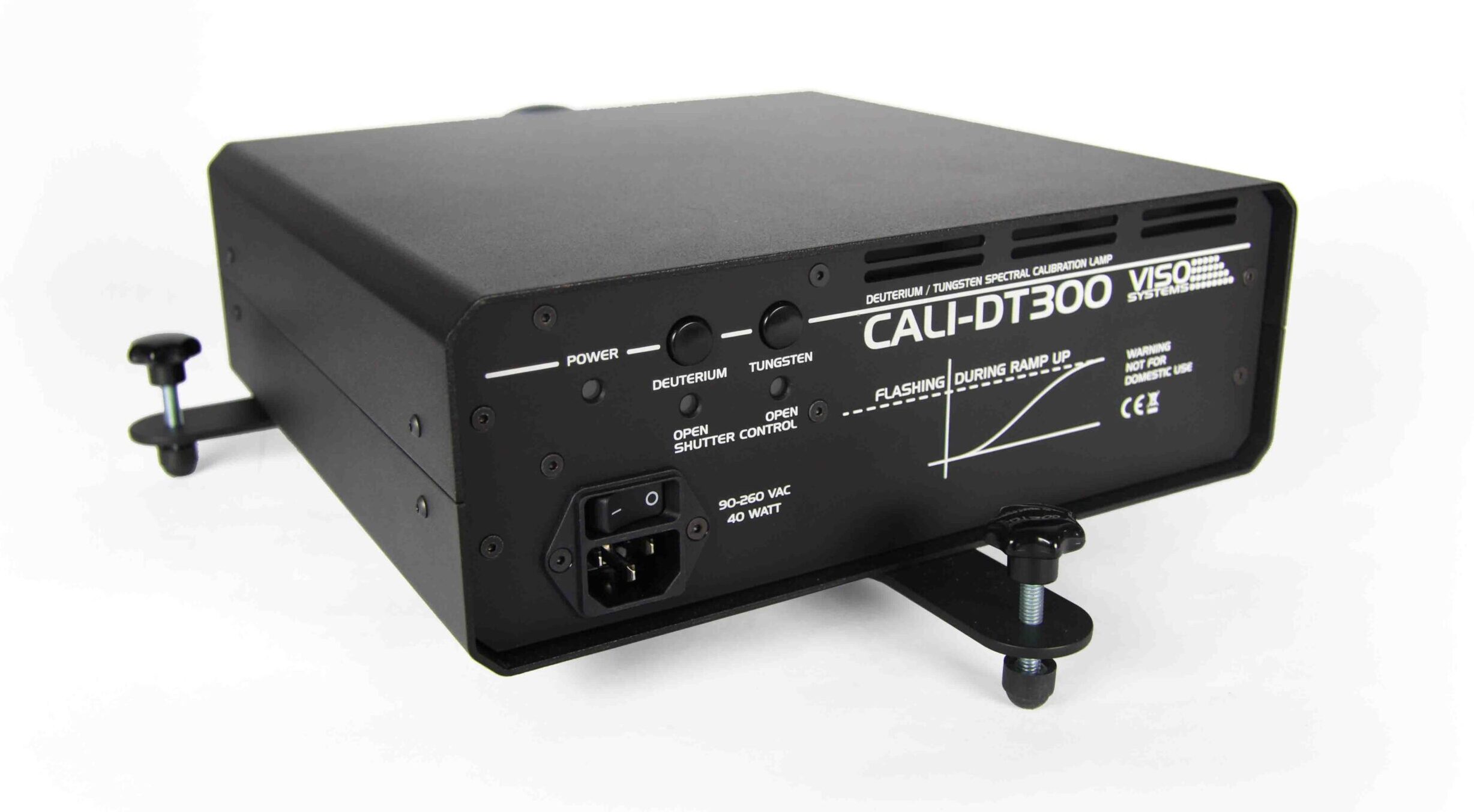
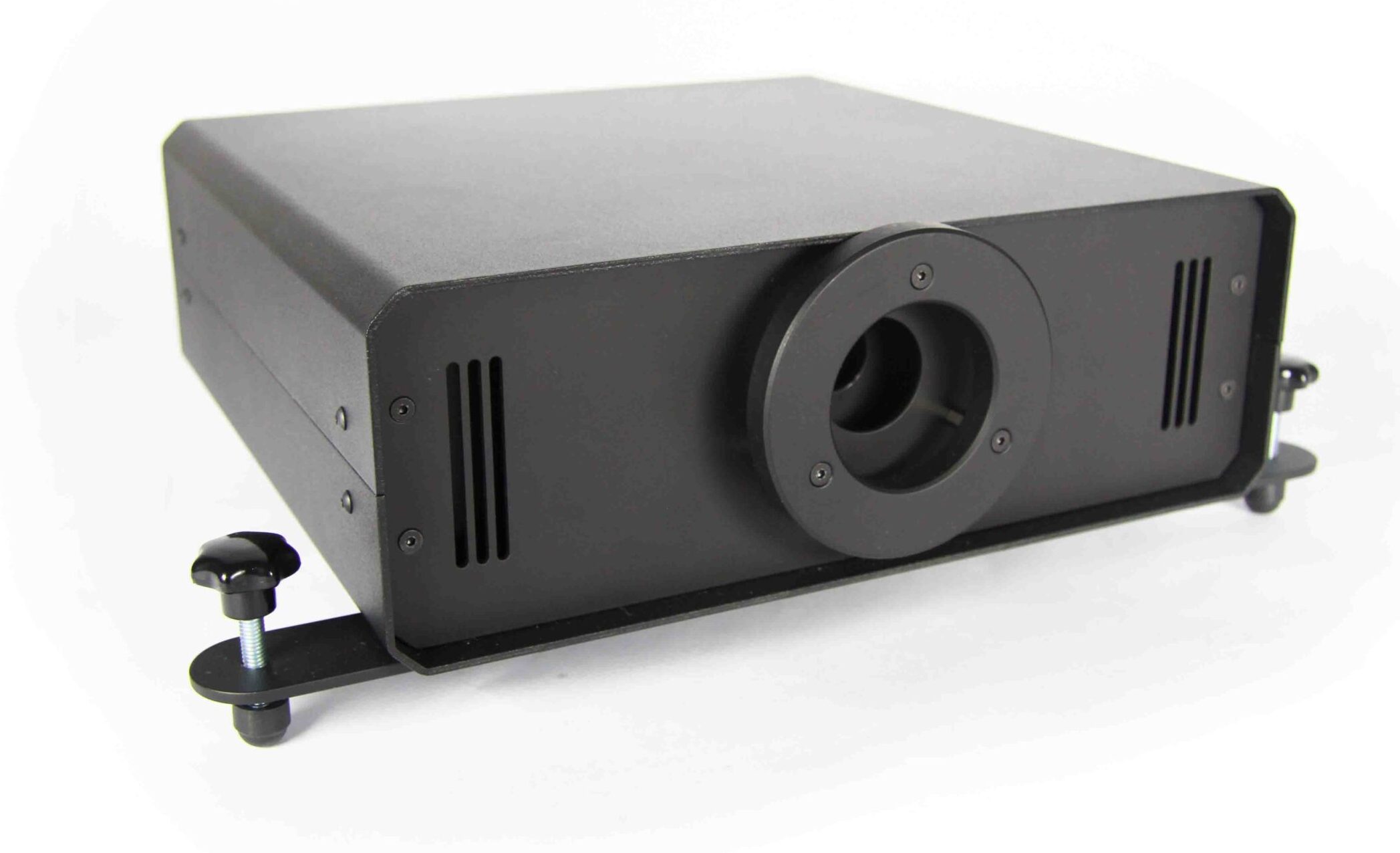
The IMPORTANT STRAYLIGHT CORRECTION
All Viso UV sensors have correction for straylight. Since UV spectrometers need high sensitivity to handle low level signals, any small straylight reflections from the spectrometer must be corrected for optimal performance. At Viso, this is done by performing a series of calibration tests at multiple wavelengths, where all straylight is recorded and stored in the calibration data. All straylight is then removed in real time from the spectrum using mathematical matrix calculations based on the straylight test data.
COMPARING WITH MIRROR-BASED SYSTEMS
Mirror-based gonioradiometer or gonio-spectroradiometers are available in the market. However there are some important advantages of the Viso solution:
Advantages
Main applications
Downloads
Get more information
Viso UV goniometer specialties
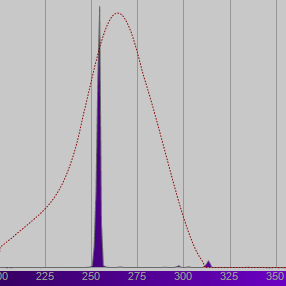
UV Spectral Distribution
Get the spectral power distribution in the full range from 200 nm (far UV) to 850 nm (near IR)
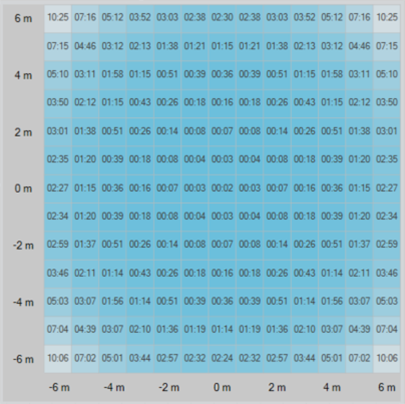
Get Dose Diagrams
Enter the a specific deactivation dose e.g. for COVID-19 and get overview of the dose time needed.
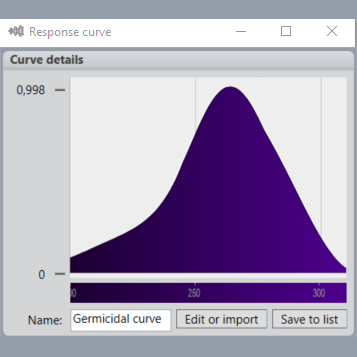
Work with action spectra / response curves
Bacteria and virusses respond differently to various wavelength. Enter custom response curves matching your specific germs
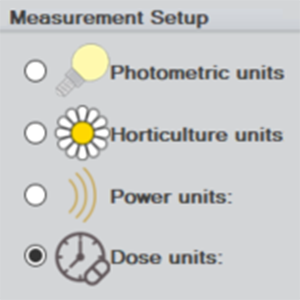
Full radiometric output
Work with your favorite dynamical dashboard and output setup

